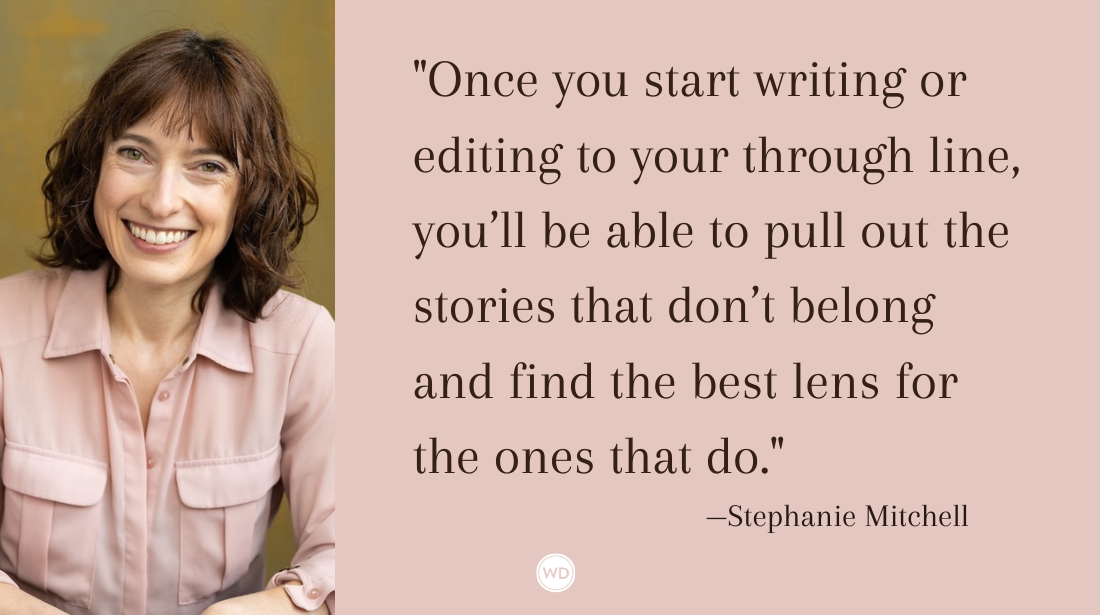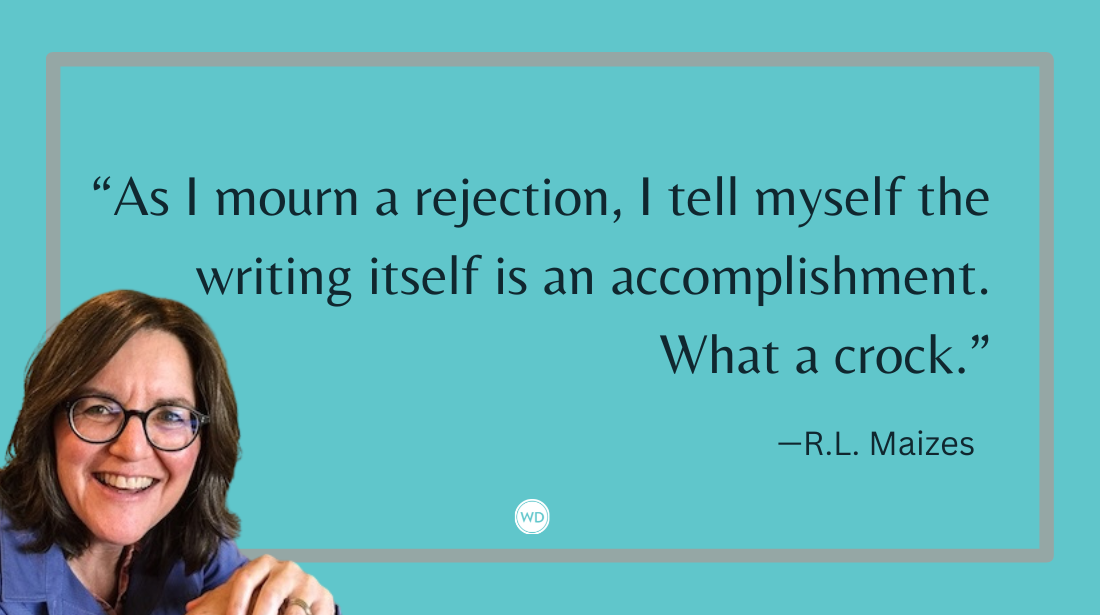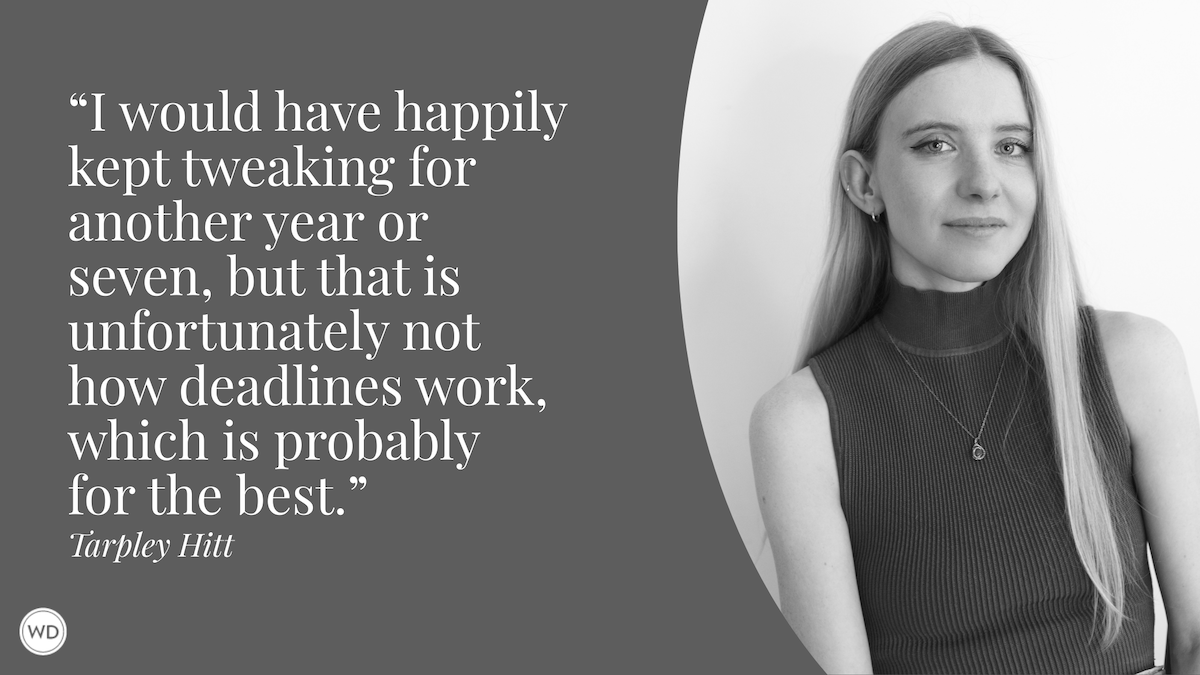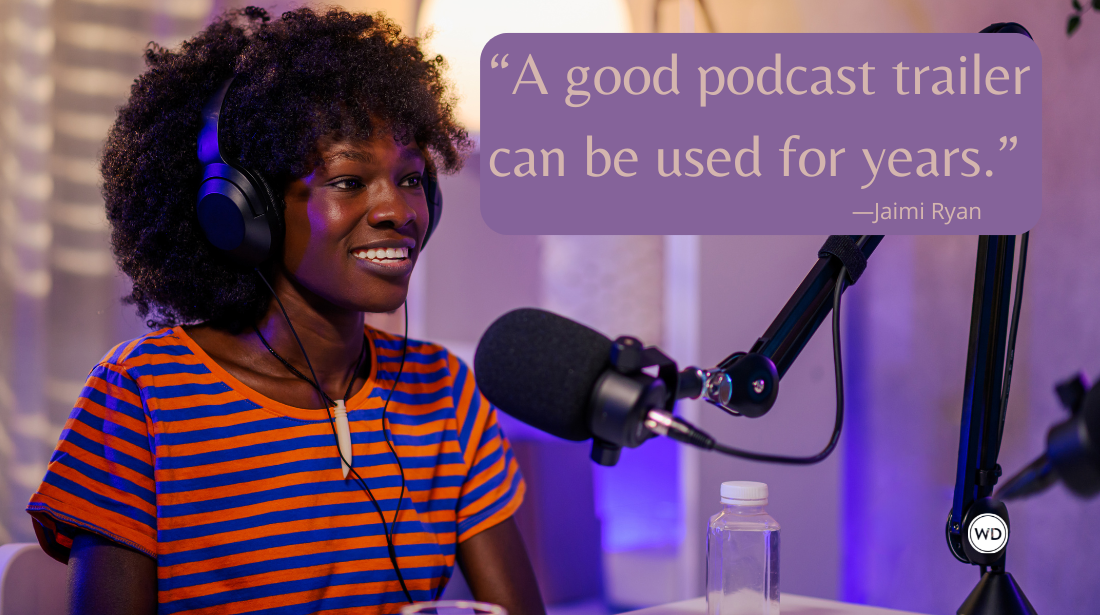5 Common Flaws in Memoir Projects
Most everyone knows how difficult it can be to sell a memoir when you’re not famous (or infamous). I often advise writers that if you don’t have a celebrity-like fan…
Most everyone knows how difficult it can be to sell a memoir when you're not famous (or infamous). I often advise writers that if you don't have a celebrity-like fan base, or a loyal and captive audience, then you need to write like a master—or have such a fantastical story that no one will be able to divert their attention from it (the kinds of personal stories that get aired on the morning shows, like that guy who had to cut off his own arm when stuck in a mountain crevasse).
Many writers I meet tackle memoir as their first serious book project, which often means their writing has not yet advanced to the level that will enrapture editors/agents. There are exceptions, of course, but I've only met one or two in my time at Writer's Digest, and they have significant writing history behind them. (Here is one example.)
Here are the five common flaws that I see in manuscripts I review at conferences.
- You have written a story focused on pain or victimhood—and nothing more. You get extra (negative) bonus points if you wrote it as part of a grieving process, either at the recommendation of a therapist or as part of a therapy group. Writing through grief and tragedy is a proven method to heal, but it is not a proven method for getting published. I say this not to be insensitive, but to bring needed attention to the fact that these stories are prevalent, and very few publishing houses are accepting them. This is especially true of stories of (1) abuse (2) cancer (3) caring for aging parents.
- Your source material is a diary or journal. And you're using that as your rough draft, or the book is structured in that manner. Such materials are fine for inspiration and to remember vivid details. But very few diaries or journals are suitable starting places for a publishable memoir. (And I say this as a fan of Anais Nin.)
- You want to tell about your experience as a means of self-help for others—that is, you mix the memoir and self-help genres. I have never seen this work on the page. You have to choose one or the other. Self-help is a better option if you have the credentials/authority to back up your advice. Life experience, or overcoming a personal challenge, is not enough expertise to help others, especially when it comes to physical and mental health.
- You have no definitive story arc or story problem. Are you attempting to tell everything about your life, from beginning to end, starting with childhood, where you were born, where you went to school, leaving no stone unturned? Why? Are you sure it's essential to the story? Memoirs need a beginning, middle, and end, and there needs to be a story problem, just as you would find in a novel. And it needs to be told in scenes, and have characters. And you need to leave out a lot of detail.
- The story is not told with a fresh or distinct perspective. You need to find the voice or perspective that makes the story compelling and offers vibrancy, and create an effective and engaging dramatic persona.
One of the more fascinating pieces I've read on memoir was in a July 2002 article in Writer's Digest magazine. W.W. Norton editor Alane Salierno Mason discussed the difference between the "I" memoir (which is all about the narrator) and the "eye" memoir (which is about point of view and relationship to the greater world as well as self).
Most people I meet are undoubtedly writing the "I" memoir, but it leads to a lot of talking and talking and talking (as Mason points out), and unless that talking is absolutely captivating, it's tough to take the project further than your own friends and family.
Looking for more help on this topic?
- This is by far my favorite book on writing personal narrative, by Vivian Gornick: The Situation and The Story
- Our quarterly WD Editor Intensives give you an opportunity to have your first 50 pages vetted by an expert.
- Our online workshop series offers a course on memoir, taught by Writer's Digest author Gloria Kempton (next start date: August 6)
- Writing Life Stories (from Writer's Digest) offers comprehensive instruction that was recently revised. You can read an excerpt here, and read a Q&A with author Bill Roorbach here.
Photo credit: Jurvetson
Jane Friedman is a full-time entrepreneur (since 2014) and has 20 years of experience in the publishing industry. She is the co-founder of The Hot Sheet, the essential publishing industry newsletter for authors, and is the former publisher of Writer’s Digest. In addition to being a columnist with Publishers Weekly and a professor with The Great Courses, Jane maintains an award-winning blog for writers at JaneFriedman.com. Jane’s newest book is The Business of Being a Writer (University of Chicago Press, 2018).









